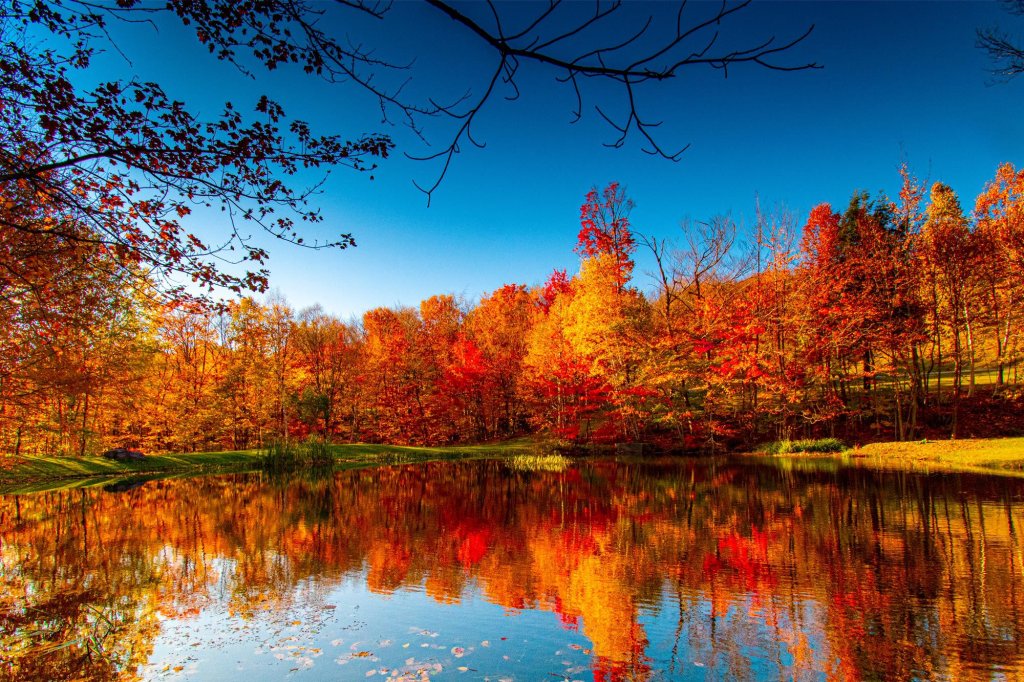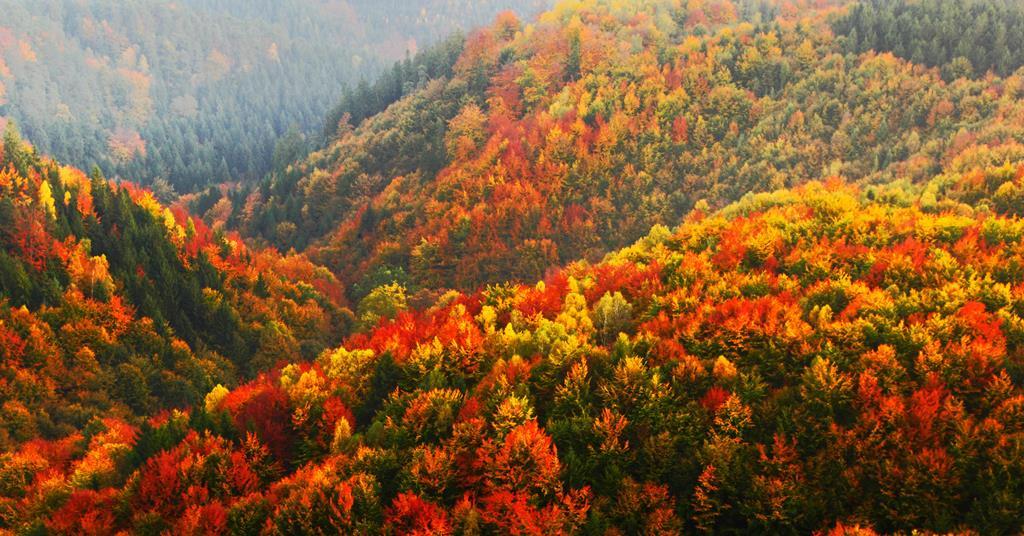Trees are incredible living things that make our world beautiful and provide us with oxygen to breathe. But there are times when trees show us just how amazing they are, and that is during the fall. During the fall season, when the weather starts getting colder, different types of tree leaves start getting ready for the winter season.
Now, here is where the magic happens. As these trees prepare for winter sleep, their leaves start to change. They go from their usual green color to various vibrant and magnificent colors like red, orange, and even yellow.
It is like a colorful show is put on by the trees before us to enjoy.
The Science Behind the Transformation
The vibrant colors of fall foliage result from complex biochemical processes within the leaves of the trees. While these trees can produce chlorophyll- the green pigment responsible for photosynthesis throughout the growing season- other pigments are present in leaves throughout the year. These pigments become visible as the green chlorophyll fades away.
1. Chlorophyll Breakdown
As the days grow shorter and the temperature drops, trees receive signals to prepare themselves for the harsh winter months. One such signal is a reduction in daylight, which leads to a decrease in chlorophyll production. With less chlorophyll, the green color fades, and other pigments become visible.
2. Carotenoids
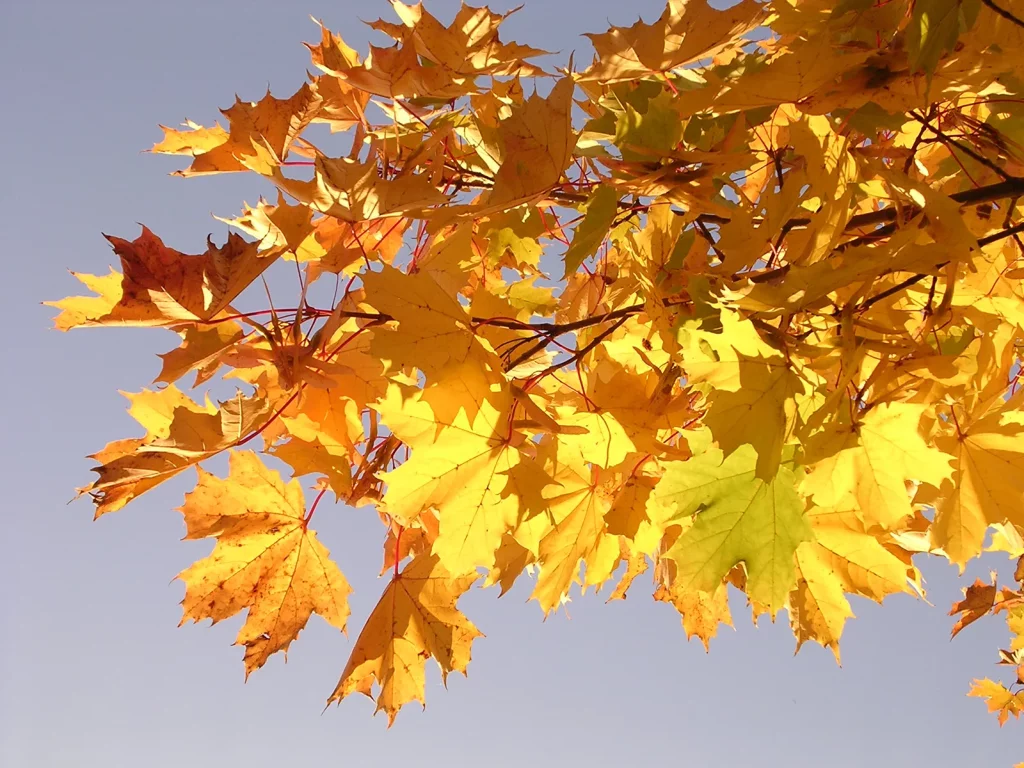
Carotenoids are pigments responsible for the warm colors seen during the season. The colors are yellow and orange. These pigments are present in the leaf throughout the year but are usually masked by the dominant green chlorophyll. As the green fades, the yellows and oranges become more pronounced.
3. Anthocyanins
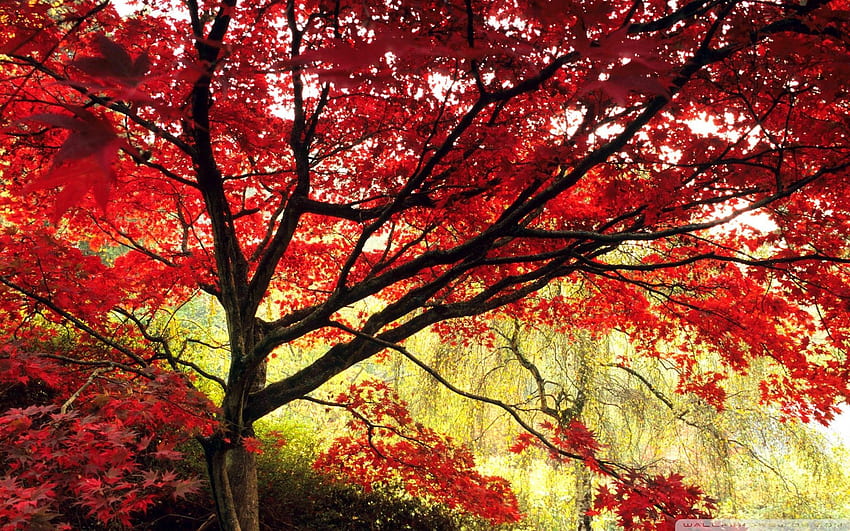
Some trees, like maples and oaks, go beyond the warm hues and develop shades of red, purple, and crimson colors. The pigments responsible for these colors are called anthocyanins. Unlike carotenoids, anthocyanin production is triggered by specific environmental conditions, including cool temperatures and sunlight. These pigments are not always in the leaf but are produced in response to these environmental cues.
Environmental Factors at Play
The transformation of trees in autumn is not solely a result of biochemical processes. Various environmental factors also influence it.
1. Temperature
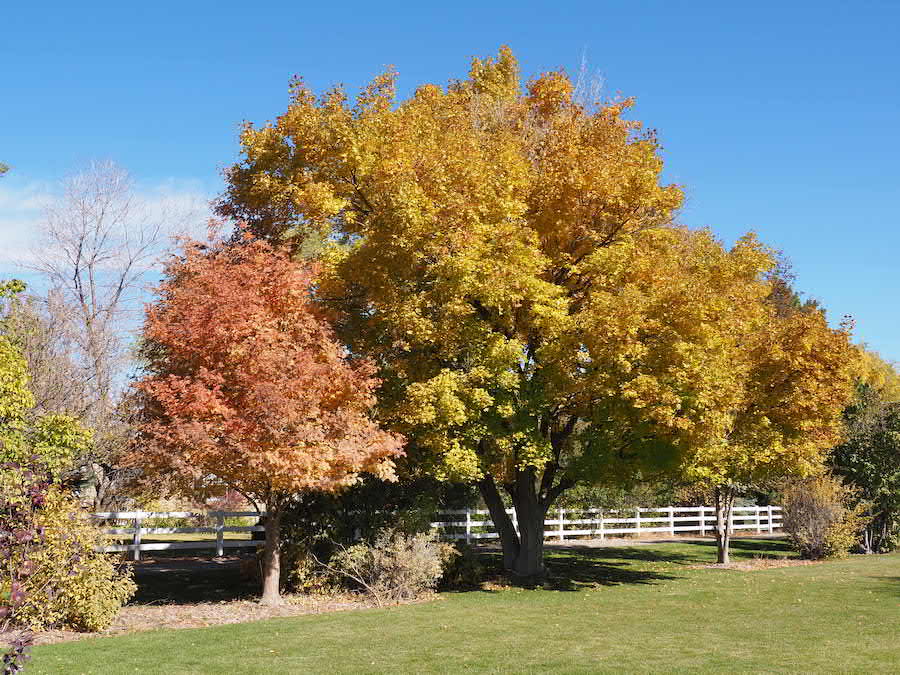
Cooler temperatures signal to trees that winter is approaching. This prompts the breakdown of chlorophyll and the development of stunning fall colors.
2. Daylight
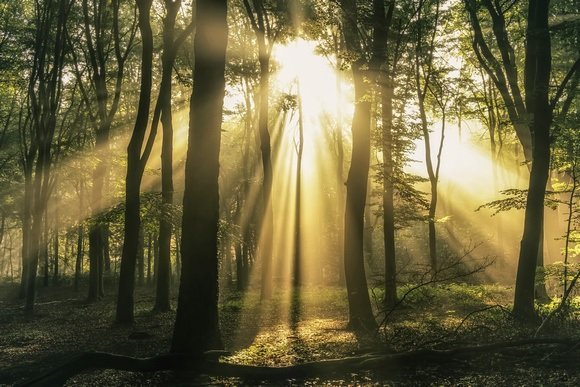
As the days shorten during the fall, trees receive less sunlight, which triggers the cessation of chlorophyll production.
3. Moisture
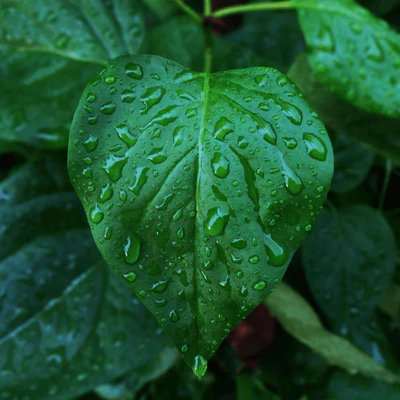
Adequate moisture is essential for the production of vibrant fall colors. Drought conditions can lead to less intense coloration or even premature leaf drop.
4. Sunlight
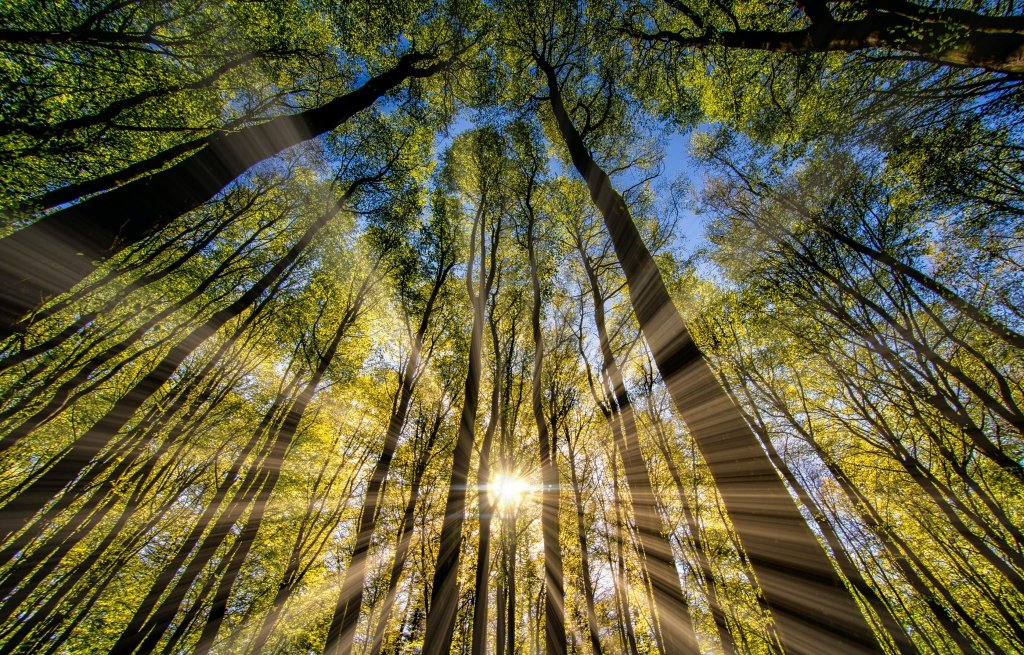
Sunlight plays an important role in the development of red and purple hues. Trees exposed to bright, sunny days tend to exhibit more vibrant colors.
While we can easily understand how trees benefit from losing their leaves each year, the forest as a whole gains something less obvious. It’s possible that the entire forest depends on these yearly leaf drops just as much as individual trees depend on shedding their leaves. The complex connections between different elements in the forest community offer many intriguing questions that we still need to answer.
Certain Colors are Characteristics of Certain Species
During the fall season, something incredible happens to the trees, especially in places with changing seasons. These trees quite amazingly start getting for the winter. As they do this, their leaves go through a magical transformation, turning into vibrant and stunning colors.
Different kinds of trees have their special and unique colors
- Oaks: The Oak trees are characterized by a Red or brown color
- Hickories: The hickories are characterized by a Golden Bronze color
- Aspen and Yellow-poplar: The Aspen and yellow-poplar is characterized by a Golden yellow color
- Dogwood: The Dogwood trees are characterized by a purplish-red color
- Beech: The beech trees are characterized by a Light tan color
- Sourwood and black tupelo: The Sourwood and black tupelo trees are characterized by a Crimson color
Now, you might wonder how the weather plays a role in all of this. Well, the amount and brilliance of the colors during the fall depend on the weather. Warm and sunny days followed by cool, crisp nights are the best conditions for looking at those stunning autumn colors. During these days, the leaves make a lot of sugar. But the cool nights and closed veins in the leaves trap these sugars, which help produce those brilliant reds and purple colors.
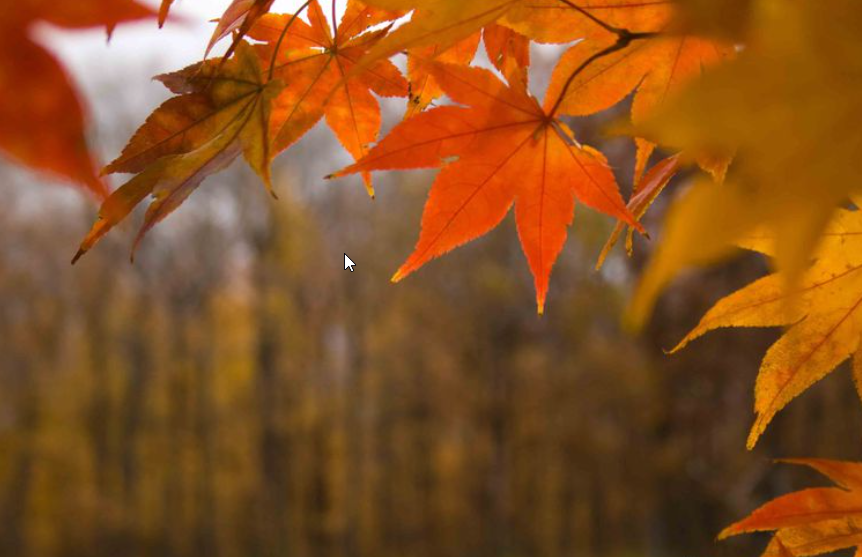
Another important factor is the moisture in the soil. If there is enough moisture, it can make the autumn colors more intense. But if there is not enough, it might delay the color change by a few weeks.
And what happens to all those fallen leaves? They don’t go to waste. They decompose and enrich the soil with nutrients. They also become food for many tiny creatures in the soil, which is essential for the health of the whole forest.
Conclusion
The phenomenon of trees changing color during the fall is a captivating blend of science and art. It is a reminder of the intricate dance between the changing seasons and nature. As we witness the annual spectacle, we are offered a chance to pause, appreciate the beauty of our world, and reflect on the remarkable forces at play in the natural world around us.
So, the next time you see these colorful leaves falling during the fall, remember that it is not just a beautiful show. It is a part of how trees prepare for the winter, and it helps the whole forest stay healthy.
Nature always has some fascinating things for us to embrace its beauty.

